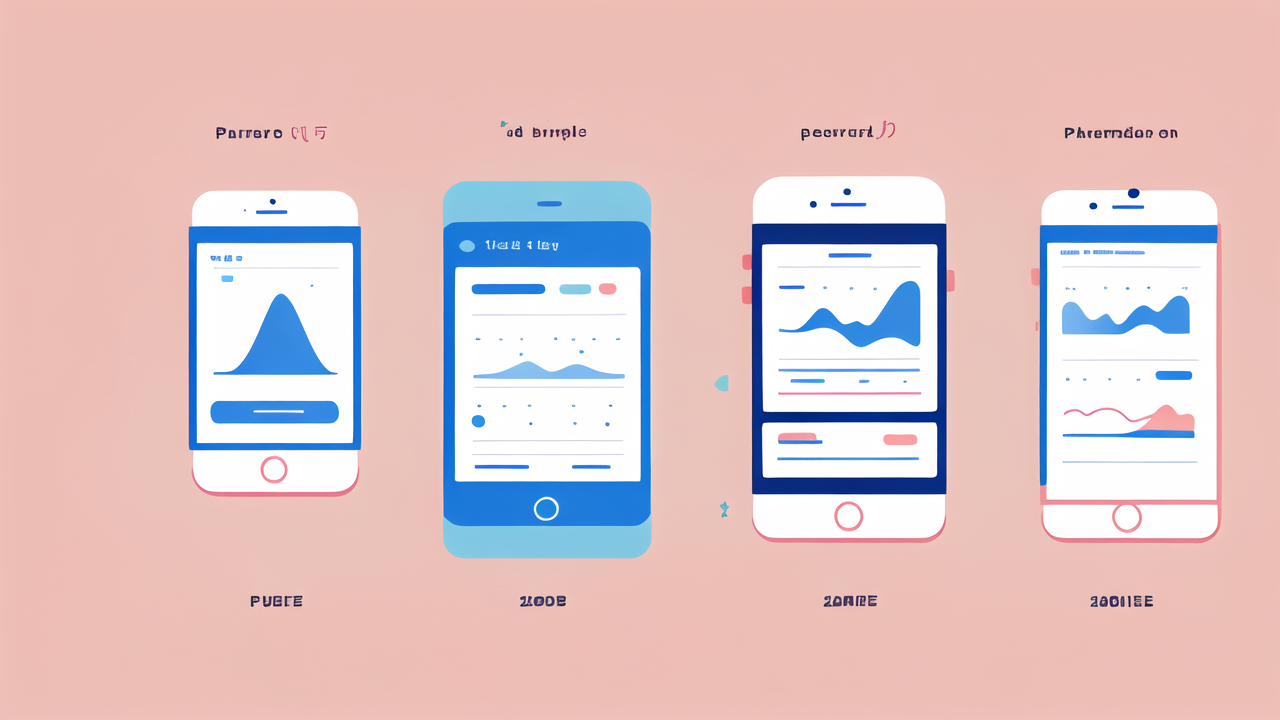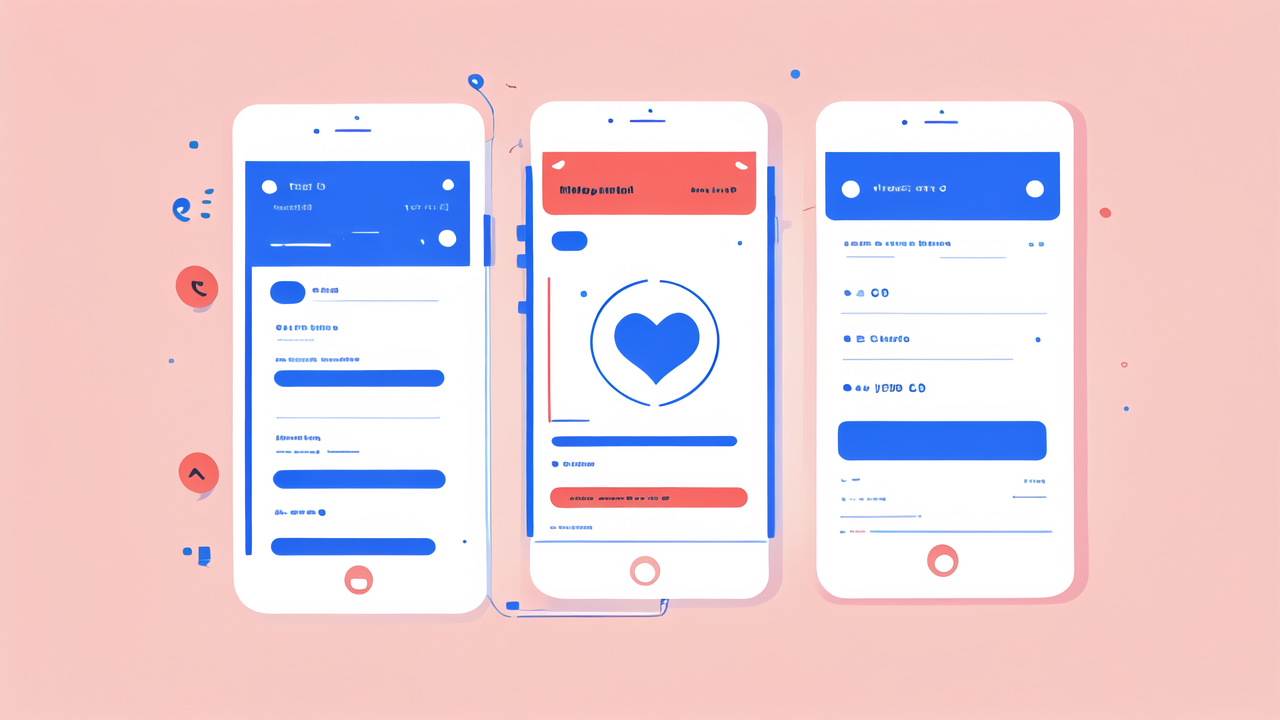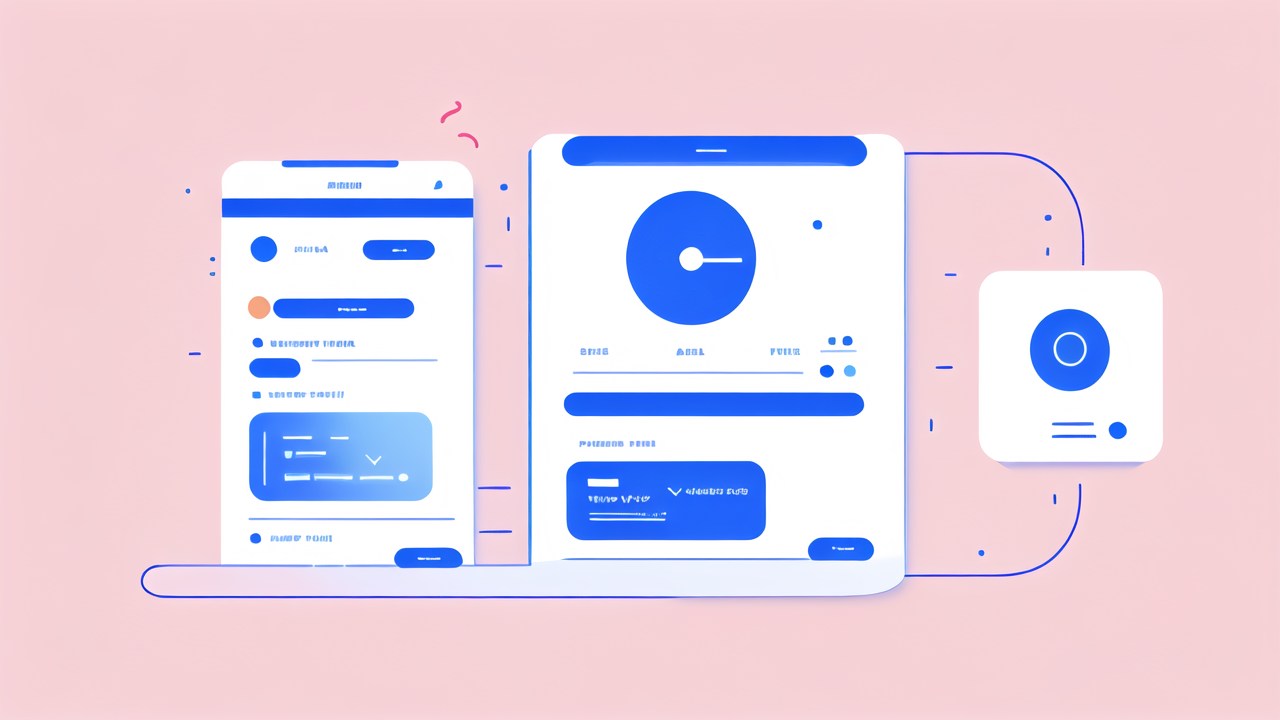The Evolution of Activity Tracking: From Niche to Mainstream
The Origins of Activity Tracking Devices
Activity tracking devices have come a long way since their inception. The first devices were simple pedometers, counting steps and little else. These basic tools laid the groundwork for more advanced trackers. Early models were bulky and limited in function. They often required manual input and had poor accuracy. Despite these drawbacks, they sparked interest in personal fitness monitoring. As technology improved, so did the capabilities of these devices. Sensors became more precise, allowing for better data collection. The addition of heart rate monitors was a game-changer. It opened up new possibilities for health tracking beyond just step counting.

The Breakout Moment for Activity Trackers in the US Market
The US market saw a surge in activity tracker popularity around 2013. Fitbit and Jawbone were among the first to gain widespread attention. Their sleek designs and user-friendly apps appealed to a broad audience. Social media integration allowed users to share their progress, creating a community aspect. This feature helped drive adoption rates higher. The affordability of these devices also played a crucial role in their success. As prices dropped, more consumers could access this technology. Major retailers began stocking activity trackers, increasing their visibility. Celebrity endorsements and fitness challenges further boosted their profile in the public eye.
Factors Contributing to the Popularity of Activity Trackers
Several factors fueled the rise of activity trackers. Increased health awareness was a significant driver. People became more interested in monitoring their daily activity levels. The gamification of fitness goals made exercise more engaging and fun. Users could set targets and earn virtual badges for achievements. This approach tapped into the human desire for competition and reward. The ease of use was another key factor. Most trackers synced wirelessly with smartphones, simplifying data management. Battery life improvements meant less frequent charging, enhancing convenience. The integration with other apps and services expanded their utility beyond just fitness tracking.
Cutting-Edge Features in Today's Activity Trackers
Advanced Metrics and Analysis for Fitness Enthusiasts
Modern activity trackers offer a wealth of data for fitness buffs. Beyond steps and calories, they now track various metrics:

- Sleep quality and duration
- Heart rate variability
- VO2 max estimates
- Stress levels
- Menstrual cycle tracking
These devices provide detailed insights into overall health and fitness. Many offer personalized coaching based on collected data. Users can track their progress over time and adjust their routines accordingly. Some trackers even suggest recovery times after intense workouts. This level of analysis was once only available through professional sports science. Now, it's accessible to everyday fitness enthusiasts. The accuracy of these metrics continues to improve with each new generation of devices.
Integration of Smart Watches with IoT and Mobile Apps
Smart watches have evolved to become powerful IoT devices. They connect seamlessly with a wide range of smart home devices. Users can control lights, thermostats, and other appliances from their wrist. Mobile app integration has expanded the functionality of these devices. Many popular apps now have smartwatch versions or widgets. This allows for quick access to information without reaching for a phone. Fitness apps can display real-time workout data on the watch face. Music streaming services let users control playback directly from the watch. Some models even support mobile payments, adding convenience to daily life.
Battery Life and Design Innovations in Activity Trackers
Battery life has been a key focus area for activity tracker development. Many devices now offer weeks of use on a single charge. This is achieved through more efficient processors and optimized software. Some models use solar charging to extend battery life even further. Design innovations have made trackers more stylish and comfortable to wear. Slim profiles and customizable bands appeal to fashion-conscious users. Water resistance has become a standard feature in most models. This allows for swimming and showering without removing the device. Some trackers now use e-ink displays, which are easy to read in sunlight and save power.
Future of Activity Tracking: What to Expect Next?
Emerging Technologies in the Activity Tracker Space
The future of activity tracking looks promising with new technologies on the horizon. Flexible displays may allow for more creative and ergonomic designs. These could wrap around the wrist or integrate into clothing. Advanced sensors might enable non-invasive blood glucose monitoring. This would be a game-changer for diabetics and health-conscious individuals. Haptic feedback systems could provide more intuitive ways to interact with devices. Improved GPS accuracy might allow for precise location tracking in urban environments. Some companies are exploring the use of skin sensors for more accurate health monitoring. These could detect changes in body chemistry, offering deeper health insights.

Predictive Health and Personalized Fitness Trends
Predictive health features are set to become more prevalent in activity trackers. These could alert users to potential health issues before symptoms appear. Machine learning algorithms will analyze trends in user data over time. This could lead to early detection of conditions like heart disease or diabetes. Personalized fitness recommendations will become more sophisticated. Trackers might suggest workout plans based on individual goals and progress. Nutrition advice could be tailored to complement exercise routines. Some devices may integrate with genetic testing results for truly personalized health plans. The combination of long-term data and AI could revolutionize preventive healthcare.
The Role of AI and Machine Learning in Enhancing User Experience
AI and machine learning will play a crucial role in the future of activity trackers. These technologies will help make sense of the vast amounts of data collected. Users can expect more intuitive interfaces that adapt to their habits. Voice assistants may become more advanced, offering conversational interactions. AI could help identify patterns in sleep, activity, and stress levels. This could lead to more actionable insights for improving overall well-being. Machine learning algorithms might predict when users are most likely to exercise. They could then send timely motivational messages or reminders. As these systems learn from millions of users, their accuracy and usefulness will continue to grow.




Leave a comment
This site is protected by hCaptcha and the hCaptcha Privacy Policy and Terms of Service apply.